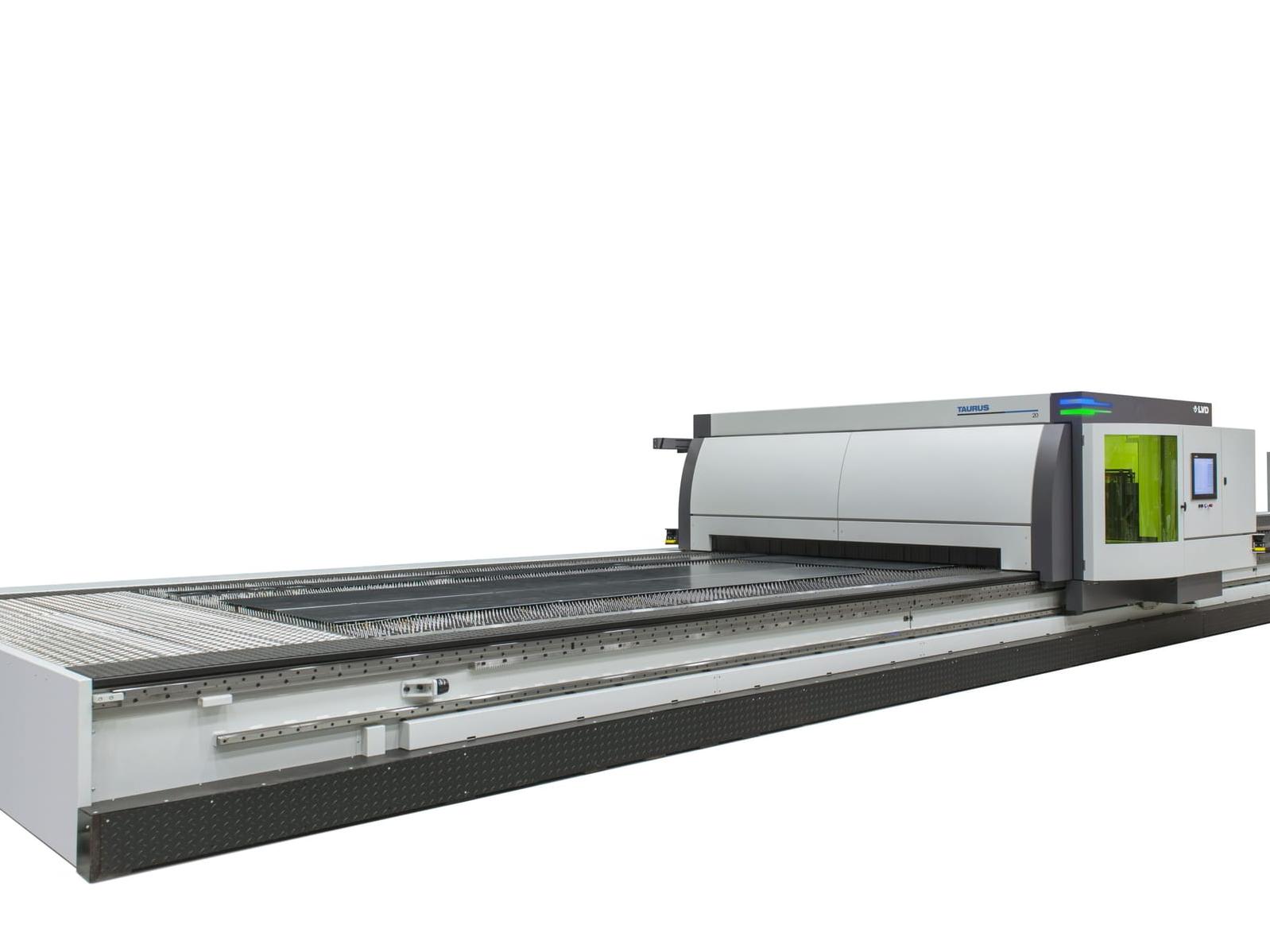How Industry 4.0 can give automated logistics the edge

Scott Read, head of intralogistics innovation at Siemens Digital Industries explains how Industry 4.0 technology can give manufacturing logistics the edge.
Despite the proliferation of Industry 4.0 technologies across the manufacturing supply chain, even the most advanced automated warehouses, depots and hubs often house key assets which are not connected or are not communicating with each other.
While these assets and systems might be highly efficient as part of the wider picking, packing and loading process, the commercial value of the data they generate is limited if acting as a standalone component.
But if you joined up your sensors, actuators, conveyor motors and drives you could produce significant efficiency improvements and, in the long-term, reduce your operating costs.
In fact, digitalisation can now be applied to almost everything that moves in a logistics setting.
From conveyor systems moving goods around a warehouse or depot , to tracking systems for parcels and vehicles from departure to delivery, to better direct communication with customers so they know where their items are all the way along the logistics chain from selection point to delivery - so digital technology can connect all of these processes within a monitorable and measurable ecosystem.
In terms of what that actually means in real terms: imagine you have multiple sites within your logistics operation. Now picture being able to connect your entire logistics network at automation level; you will then be able to visualise through dashboards and automated notifications how each site is performing.
So, if a conveyor system runs on one site at 100,000 boxes per hour and another on a different site at only 75,000, by connecting all the equipment and processes you will be able to identify key challenges and where improvements can be made. These may include electrical and mechanical issues that, by comparing with other sites, you can correct or replace.
By digitalising your entire operation, you can also have a significant positive impact on your maintenance strategy, allowing you to optimise maintenance and moving to proactive maintenance: carrying out diagnostics in real time before a failure occurs, reducing downtime; reducing service costs; and boosting efficiency.
Furthermore, much of this analysis can be done via Edge processing which happens within the confines of the premises, and not remotely.
For many in the logistics sector this brings a greater sense of security with regards to the risk of a cyber-attack as many are still reluctant to upload all of their ‘raw’ enterprise data into a remote, cloud-based interface.

In fact, Siemens is working closely with several logistics businesses to develop bespoke industrial apps which are designed to run via processors at the Edge before then transferring the qualified data to Siemens highly secure, cloud-based IoT operating system called MindSphere.
But whether you want to capture joined-up data on the factory floor or in the depot or remotely, or a use a mixture of the two, the key thing is that by combining process data from across your entire logistics operation you can optimise your systems, avoid bottlenecks and breakdowns, cut costs and uncover transformational insights about your businesses’ genuine efficiency.
The supply chain adopting more digitalised tools and techniques is also key to the effective implementation of Industry 4.0 across the logistics sector. Through this the integration of the whole logistics process can begin to forecast problems and anticipate blockages, whether upstream or downstream.
What always strikes me about the logistics industry is that it was one of the very first sectors linked to manufacturing to fully embrace the first wave of automation technologies.
From collaborative robots and autonomous logistics, weighing and scanning sensors and software, the logistics arena has so often been the testbed for smarter and more efficient ways of doing things.
It would therefore seem a natural environment for the rapid adoption of Industry 4.0 processes where all performance data is integrated, analysed and utilised to improve efficiency.
And while the likes of Ocado and Amazon are starting to really push at the boundaries of what fully digitalised ‘batch size one’ intralogistics could look like, I think many in the sector are still unsure where to begin.
As manufacturers ourselves Siemens fully understand this, and this is why we are able to help logistics businesses of every shape and size regardless of where they are on the digitalisation journey.
Siemens www.siemens.co.uk













